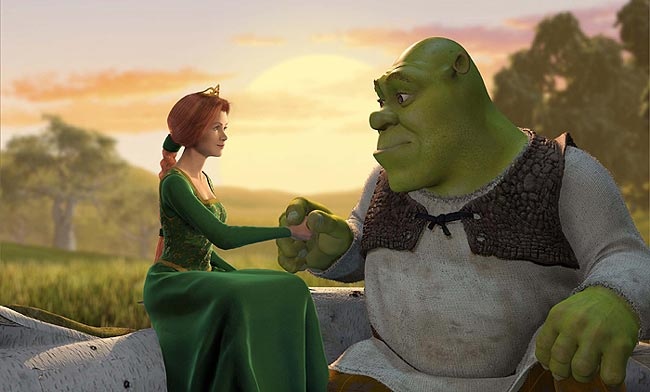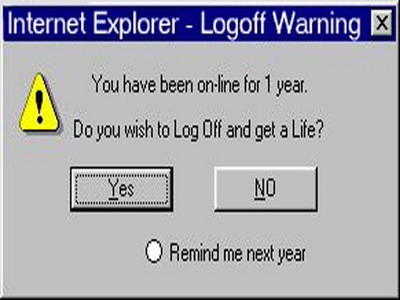My students requested “weather talk” after the “food talk”, so here it goes.
|
Trời nắng |
Trời nhiều mây |
Trời mưa |
Trời u ám |
|
Trời đẹp |
Trời xấu |
Trởi gió |
Trời có tuyết rơi |
Khí hậu – climate
Thời tiết – weather
|
Mùa xuân |
Mùa hè, mùa hạ |
Mùa thu |
Mùa đông |
(1)
|
Hôm nay |
thời tiết |
như thế nào? |
Hôm nay |
trời |
đẹp |
và |
nắng |
lắm |
|
Today |
weather |
how? |
sky |
nice |
and |
sunny |
(2)
|
Ngày mai |
(trời) |
có |
mưa |
không? |
|
Tomorrow |
rain |
|
Ngày mai |
(trời) |
không |
mưa |
nhưng |
dự báo |
sẽ |
có |
tuyết |
rơi |
|
but |
forecast |
will |
snow |
fall |
(3)
|
Hôm qua |
nóng |
quá |
hy vọng |
hôm nay |
sẽ |
mát |
hơn |
hôm qua |
|
Yesterday |
hope |
cool |
more |
To talk about the weather, you can use
-
Trời + a weather adjective / description. Do NOT use thời tiết or khí hậu
-
The time (hôm nay, tuần trước, tháng sau, etc.) + a weather adjective / description.
Ối trời ơi! Trời ơi là trời!
Exercise: Ask and answer
The weather in America, how is it?____________________________________________
Spring’s weather in New York, how is it? ____________________________________________
Is it going to rain today? ____________________________________________
How was the weather yesterday? ____________________________________________
1. Trời đang mưa – it is raining
2. Trời sắp mưa – going to rain
3. Trời lại mưa rồi – it is raining again (complaint)
4. Trời mới mưa – it just rained



